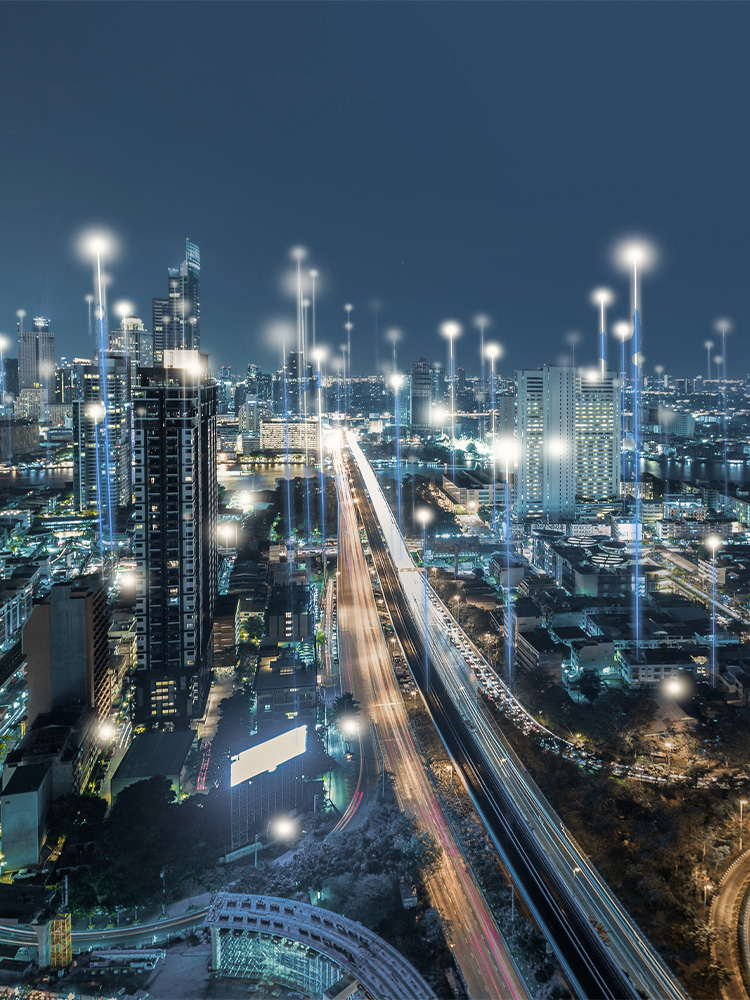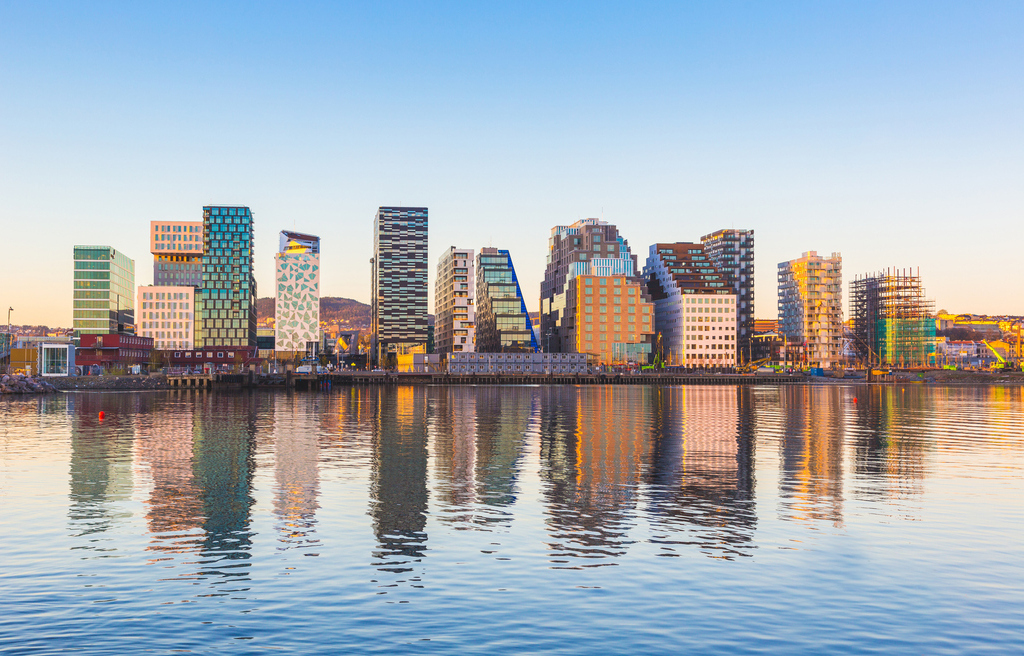In fact, the Internet of Things is used massively and as an integral part of the concept of a smart city, as advanced sensors, allows connecting various devices such as traffic lights, vehicles (increasingly autonomous), smart systems, and everyday objects (like vases). In fact, IoT devices detect air quality and enable intelligent lighting.
For example, through the massive presence of IoT devices, it is possible to monitor traffic flows in real-time, optimize traffic management, smart traffic lights, and lane occupancy in heavy traffic conditions. Their use reduces road congestion, also mitigating the environmental impacts of traffic. Furthermore, Internet connectivity enables data collection and urban resource management.









